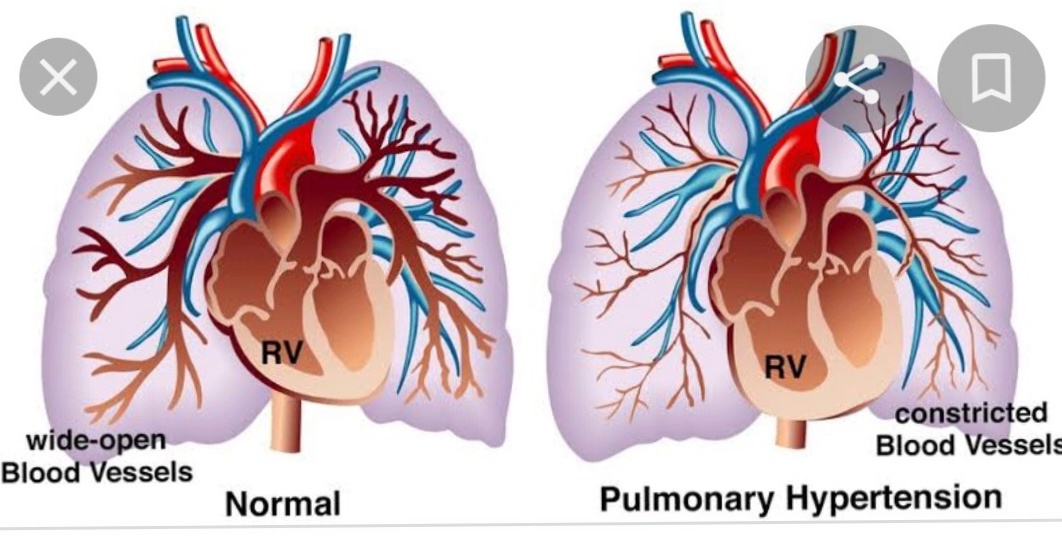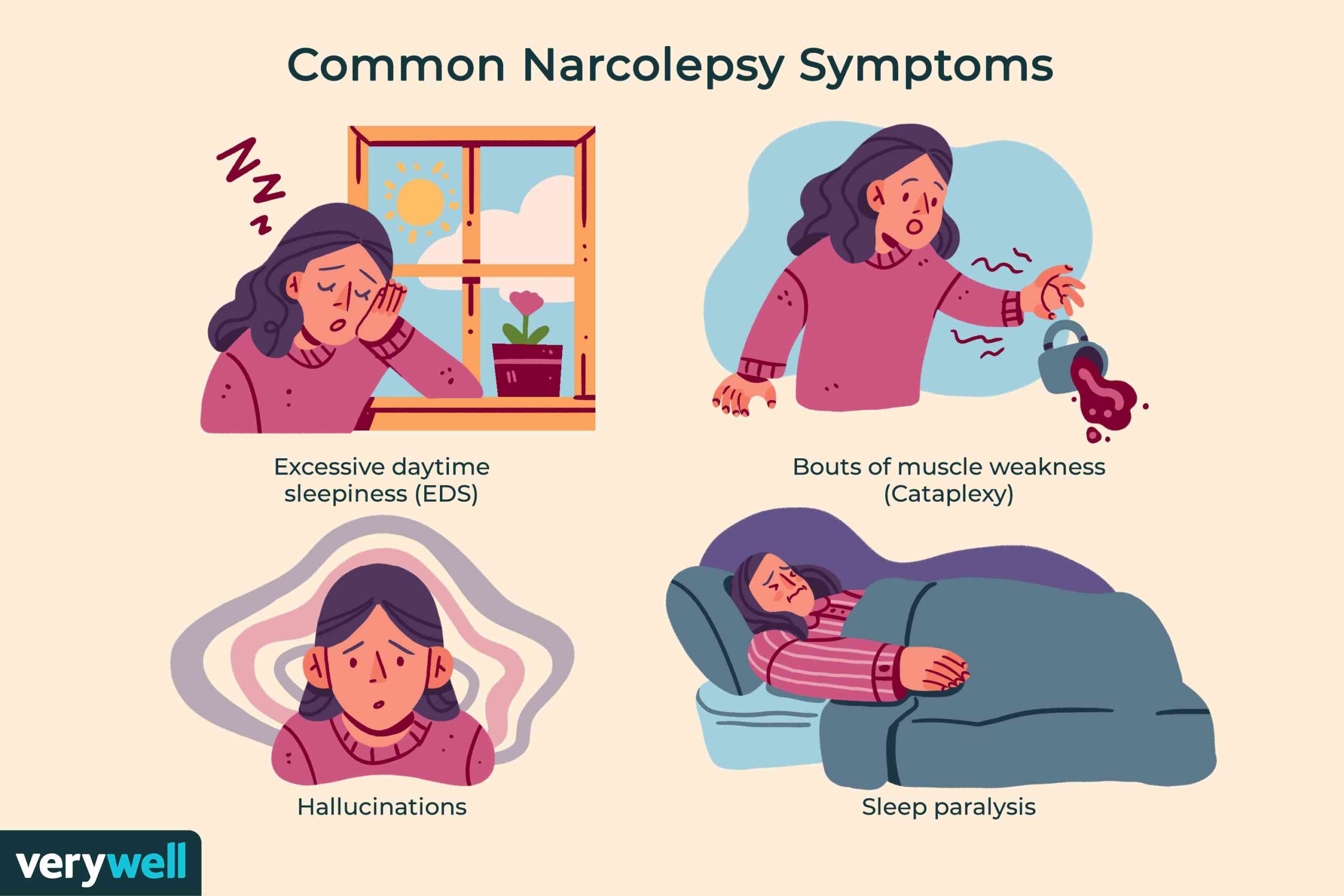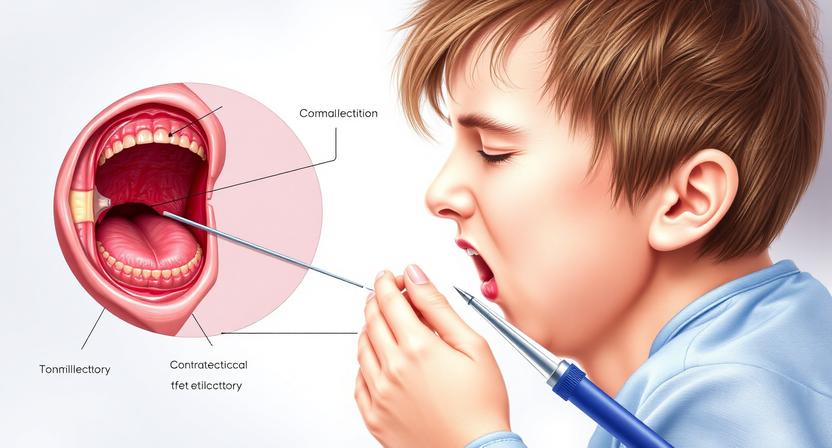Dengue Breakbone Fever-various aspects-
Dengue fever, commonly referred to as “breakbone fever,” is a viral infection spread by mosquitoes, marked by a high fever, intense pain in the muscles and joints, and occasionally a rash, along with possible complications such as dengue hemorrhagic fever.
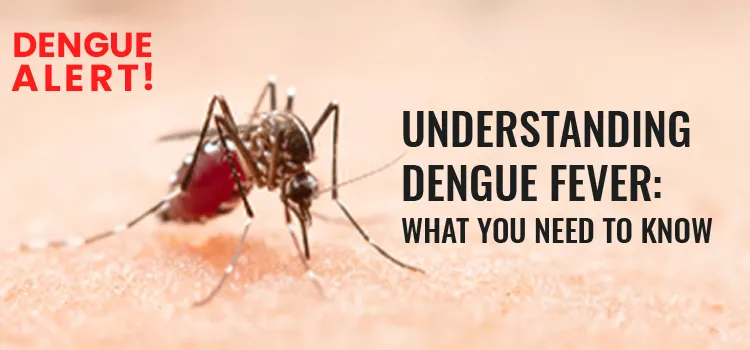

Here’s a more detailed explanation:
What is Dengue Fever?
Cause:
Dengue fever arises from one of four related dengue viruses, which are passed on through the bites of infected Aedes mosquitoes (mainly Aedes aegypti and Aedes albopictus).
Symptoms:
Common: High fever, intense headache, discomfort behind the eyes, muscular and joint pain, rash, nausea, and vomiting.
Severe Dengue (Dengue Hemorrhagic Fever): May progress into a graver form with signs like bleeding from the nose, gums, or beneath the skin, severe abdominal discomfort, and breathing difficulties.
Incubation Period:
The incubation period (the duration from infection to the appearance of symptoms) generally lasts between 4 and 10 days.
Geographic Distribution:
Dengue is widespread in tropical and subtropical areas across the globe.
“Breakbone Fever” Name:
The term “breakbone fever” is used because the severe joint and muscle pain can make it feel like bones are fracturing.
Severity:
While most individuals recover within a week, some may develop severe dengue, which poses a risk to life.
Prevention:
The most effective method to prevent dengue is to steer clear of mosquito bites, particularly during daylight hours when Aedes mosquitoes are at their most active.
Treatment:
There is no targeted antiviral treatment for dengue; however, supportive care, including pain relief and staying hydrated, can assist in managing the symptoms.
Warning Signs of Severe Dengue:
Promptly seek medical assistance if you experience any of the following warning signs: intense stomach pain, continuous vomiting, bleeding from the gums or nose, blood in vomit or stool, trouble breathing, or sense of restlessness.
If Any Patient of ENT Requires Any Surgery, Opd Consultation Or Online Consultation In Clinic of ENT Specialist Doctor Dr. Sagar Rajkuwar ,He May Contact Him At The Following Address-
Prabha ENT Clinic, Plot no 345,Saigram Colony, Opposite Indoline Furniture Ambad Link Road ,Ambad ,1 km From Pathardi Phata Nashik ,422010 ,Maharashtra, India-Dr. Sagar Rajkuwar (MS-ENT), Cell No- 7387590194, 9892596635
1) What is dengue? Dengue (pronounced den’ gee) is an illness caused by any of four closely associated viruses (DEN-1, DEN-2, DEN-3, or DEN-4). The viruses are spread to humans through the bite of an infected mosquito (Aedes aegypti).
Dengue (Break Bone Fever)
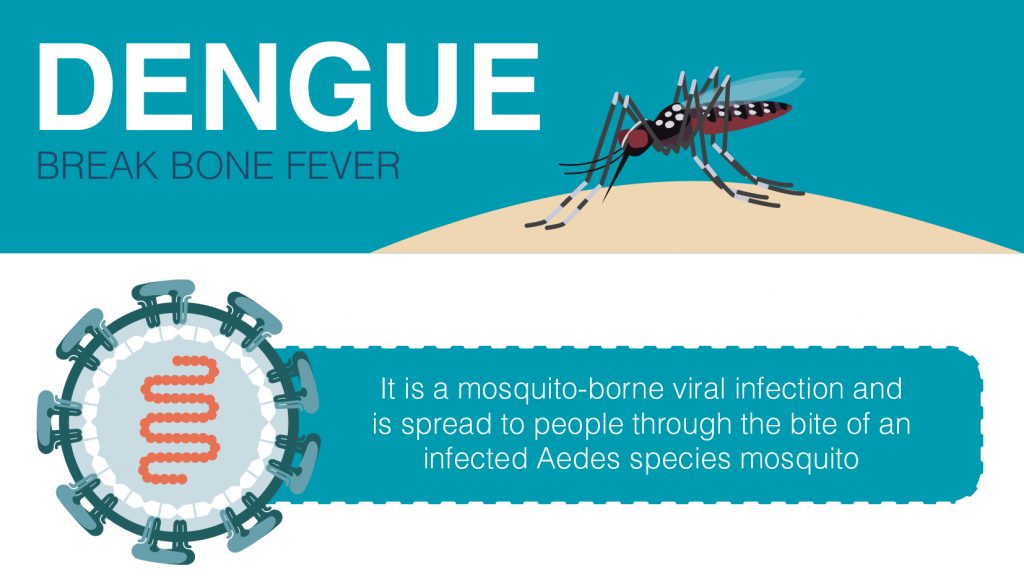

1) What is dengue?
Dengue (pronounced den’ gee) is an illness caused by any of four closely related viruses (DEN-1, DEN-2, DEN-3, or DEN-4). These viruses are transmitted to people through the bite of an infected mosquito (Aedes aegypti). The Aedes aegypti mosquito serves as the vector for dengue/DHF. It is estimated that there are more than 100 million instances of dengue globally each year.
2) What is dengue hemorrhagic fever (DHF)?
DHF represents a more serious variation of dengue. It can be deadly if not recognized and treated correctly. DHF arises from infection with the same viruses responsible for dengue. With appropriate care, the death rate associated with DHF can be minimized.
3) How are dengue and dengue hemorrhagic fever (DHF) spread?
Dengue spreads to individuals via the bite of an Aedes mosquito that carries a dengue virus. The mosquito becomes infected with the dengue virus when it feeds on an individual who is infected with dengue or DHF, and after about a week, it can convey the virus by biting a healthy person. Dengue cannot be transmitted directly from one person to another.
For update on further important health related topics and frequently asked questions on health topics by general population please click on the link given below to join our WhatsApp group –
https://chat.whatsapp.com/Lv3NbcguOBS5ow6X9DpMMA
4) What are the symptoms of the disease?
The main symptoms of dengue include high fever, severe headache, back pain, joint pain, nausea and vomiting, eye discomfort, and a rash. Typically, younger children are impacted more significantly than older children and adults.
Dengue hemorrhagic fever is marked by a fever lasting between 2 and 7 days, featuring general signs and symptoms similar to several other illnesses (e. g. , nausea, vomiting, abdominal pain, and headache). This phase is succeeded by hemorrhagic signs, a tendency to bruise easily, or other forms of skin hemorrhages, nosebleeds, or gum bleeding, and possibly internal bleeding. The smallest blood vessels (capillaries) become excessively permeable (“leaky”), permitting the fluid component to escape from the blood vessels. This may lead to circulatory failure and shock, which can be fatal if circulatory failure is not addressed.
5) What is the treatment for dengue?
There is no specific medicine available for treating a dengue infection. Individuals suspecting they have dengue should take analgesics (pain relievers) with paracetamol and avoid those containing aspirin. They should also rest, stay hydrated, and see a physician.
6) Is there an effective treatment for dengue hemorrhagic fever (DHF)?
Similar to dengue, there is no specific medication for DHF. However, it can be effectively managed through fluid replacement therapy if a timely clinical diagnosis is made. Hospital admission is often necessary to properly handle DHF.
7) Where can outbreaks of dengue occur?
Dengue outbreaks primarily happen in regions where Aedes aegypti (and sometimes Aedes albopictus) mosquitoes thrive in significant numbers. This includes both urban and rural locales. Dengue viruses may be brought into areas by migrant workers who contract the infection while traveling to other endemic regions where dengue is prevalent.
8) What can be done to reduce the risk of acquiring dengue?
There is no vaccine available to prevent dengue. The most effective preventive strategy for people living in areas plagued by Aedes aegypti is to remove the locations where the mosquito lays her eggs, mainly artificial containers that hold water.
Containers that gather rainwater or are utilized for water storage (for instance, plastic containers, drums, buckets, or discarded automobile tires) should be covered or disposed of properly. Watering containers for pets and animals, along with vases containing fresh flowers, should be emptied and scrub dried at least once weekly. This will eliminate mosquito eggs and larvae, thus decreasing the quantity of mosquitoes in those areas.
For travelers to regions with dengue, and for those residing in dengue-affected areas, the likelihood of being bitten by mosquitoes indoors is lower when windows and doors are screened. Proper application of mosquito repellents on exposed skin and wearing long-sleeved clothing reduces the risk of mosquito bites.
9) What measures can we take to prevent outbreaks of dengue hemorrhagic fever (DHF)?
The focus for dengue prevention is on sustainable, community-oriented, integrated mosquito management, with minimal dependence on insecticides (chemical larvicides and adulticides). Preventing outbreaks of this disease necessitates a coordinated community initiative to raise awareness about controlling the mosquito that spreads it. Residents should be held accountable for maintaining their homes and surroundings free from mosquito breeding sites by emptying and scrub drying their containers weekly.
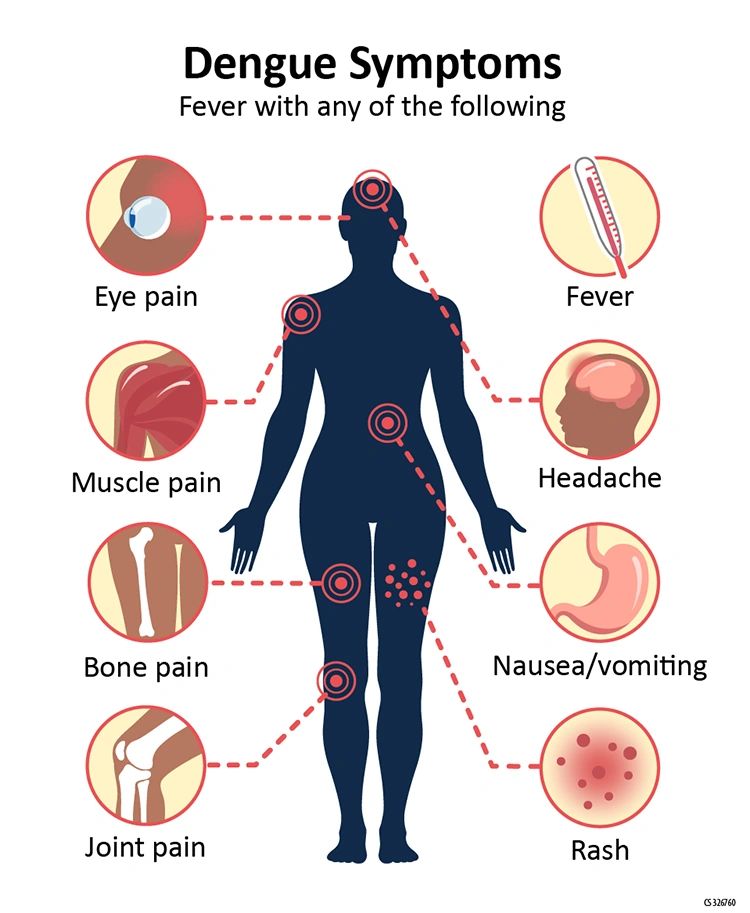

Why is dengue fever called breakbone fever?
Dengue fever is sometimes referred to as “breakbone fever” due to its potential to induce intense joint and muscle pain, leading sufferers to feel as though their bones are breaking, even though it does not actually result in bone fractures.
Here’s a more comprehensive explanation:
Severe Pain:
Dengue fever is recognized for inducing severe muscle and joint discomfort, particularly in the legs, back, and joints.
Not Actual Fractures:
Though the pain can be agonizing, dengue fever does not lead to bones fracturing or breaking.
Historical Context:
The term “breakbone fever” likely emerged from the extreme and incapacitating nature of the pain felt by those affected.
Other Symptoms:
Besides the intense pain, dengue fever may also result in a high fever, headache, and fatigue.
Serious Complications:
In some instances, dengue fever can result in more serious complications, including dengue hemorrhagic fever (DHF) and dengue shock syndrome, which may be life-threatening.
FOR INFORMATION IN GREAT DETAIL ON Dengue Fever Treatments PL CLICK ON THE LINK GIVEN BELOW-It Is Always Better To View Links From Laptop/Desktop Rather Than Mobile Phone As They May Not Be Seen From Mobile Phone. ,In Case Of Technical Difficulties You Need To Copy Paste This Link In Google Search. In Case If You Are Viewing This Blog From Mobile Phone You Need To Click On The Three Dots On The Right Upper Corner Of Your Mobile Screen And ENABLE DESKTOP VERSION.
FOR INFORMATION IN GREAT DETAIL ON Dengue Fever Symptoms PL CLICK ON THE LINK GIVEN BELOW-It Is Always Better To View Links From Laptop/Desktop Rather Than Mobile Phone As They May Not Be Seen From Mobile Phone. ,In Case Of Technical Difficulties You Need To Copy Paste This Link In Google Search. In Case If You Are Viewing This Blog From Mobile Phone You Need To Click On The Three Dots On The Right Upper Corner Of Your Mobile Screen And ENABLE DESKTOP VERSION.
FOR INFORMATION IN GREAT DETAIL ON 7 Warning Signs Of Dengue Fever PL CLICK ON THE LINK GIVEN BELOW-It Is Always Better To View Links From Laptop/Desktop Rather Than Mobile Phone As They May Not Be Seen From Mobile Phone. ,In Case Of Technical Difficulties You Need To Copy Paste This Link In Google Search. In Case If You Are Viewing This Blog From Mobile Phone You Need To Click On The Three Dots On The Right Upper Corner Of Your Mobile Screen And ENABLE DESKTOP VERSION.
FOR INFORMATION IN GREAT DETAIL ON Dengue Fever PL CLICK ON THE LINK GIVEN BELOW-It Is Always Better To View Links From Laptop/Desktop Rather Than Mobile Phone As They May Not Be Seen From Mobile Phone. ,In Case Of Technical Difficulties You Need To Copy Paste This Link In Google Search. In Case If You Are Viewing This Blog From Mobile Phone You Need To Click On The Three Dots On The Right Upper Corner Of Your Mobile Screen And ENABLE DESKTOP VERSION.
FOR INFORMATION IN GREAT DETAIL ON Dengue Fever Vaccine PL CLICK ON THE LINK GIVEN BELOW-It Is Always Better To View Links From Laptop/Desktop Rather Than Mobile Phone As They May Not Be Seen From Mobile Phone. ,In Case Of Technical Difficulties You Need To Copy Paste This Link In Google Search. In Case If You Are Viewing This Blog From Mobile Phone You Need To Click On The Three Dots On The Right Upper Corner Of Your Mobile Screen And ENABLE DESKTOP VERSION.
Important facts
- Dengue is a viral disease that humans acquire through the bite of infected mosquitoes.
- An estimated 100–400 million dengue infections occur yearly, placing around half of the global population at risk.
- Dengue is prevalent in urban and semi-urban settings throughout the world in tropical and subtropical climates.
- Although the majority of dengue infections are asymptomatic or just cause mild illness, the virus can sometimes result in more serious cases and even death.
- Vector control is essential for dengue prevention and management. There is no targeted therapy for dengue or severe dengue, but early identification and access to appropriate medical treatment can significantly reduce the death rate associated with severe dengue.
Summary
Dengue, also known as break-bone fever, is a viral disease that is transmitted to humans by mosquitoes. It occurs more frequently in subtropical and tropical climates.
The majority of dengue cases are asymptomatic. However, the most typical symptoms for those who do are high fever, headache, bodily pains, nausea, and rash. The majority will improve within one to two weeks. Others experience severe dengue and require hospitalization.
Dengue can be lethal in extreme circumstances.
Avoiding mosquito bites, especially during the day, can help reduce your risk of dengue.
There is no specific treatment for dengue fever at the moment, therefore pain medication is used.
Indications
The majority of dengue cases are mild or asymptomatic, with recovery occurring within one to two weeks. Dengue can, however rarely, be severe and fatal.
Symptoms typically appear 4 to 10 days following infection and last for 2 to 7 days. Possible signs include:
- high fever (40°C/104°F)
- intense headache
- discomfort behind the eyes
- muscle and joint discomfort
- nausea
- throwing up
- swollen glands
- rash.
People who contract the disease a second time are more likely to experience severe dengue.
Symptoms of severe dengue usually appear after the fever has subsided:
- intense abdominal pain
- persistent vomiting
- fast breathing
- bleeding from the nose or gums
- fatigue
- restlessness
- vomit or feces containing blood
- having a lot of thirst
- skin that is pale and chilly
- experiencing weakness.
Individuals experiencing these serious symptoms should seek treatment immediately.
Individuals who have had dengue may experience fatigue for weeks after recovery.
Diagnosis and treatment
Dengue has no specific treatment. The emphasis is on alleviating pain symptoms. Pain relievers can be used to treat most instances of dengue fever at home.
Acetaminophen (paracetamol) is frequently utilized for pain management. Non-steroidal anti-inflammatory drugs (NSAIDs), such as ibuprofen and aspirin, are avoided because they might raise the possibility of bleeding.
Hospitalization is frequently required for individuals with severe dengue.
Worldwide Load
In recent decades, the worldwide incidence of dengue has increased significantly, with WHO reports showing that cases increased from 505,430 in 2000 to 5.2 million in 2019. The true prevalence of dengue is underreported because the great majority of cases are either asymptomatic or mild and can be managed at home. Additionally, many instances are misdiagnosed as other febrile diseases.
In 2023, the greatest number of dengue cases was reported, with over 80 nations across all WHO regions affected. The ongoing transmission since the start of 2023, along with an unforeseen increase in dengue cases, led to a record high of over 6.5 million cases and more than 7,300 dengue-related fatalities reported.
The growing risk of dengue epidemic spread is linked to a number of factors: the altered distribution of vectors, particularly Aedes aegypti and Aedes albopictus mosquitoes, in areas that were previously naive to dengue; the impacts of climate change and the El Niño phenomenon in 2023, which are causing rising temperatures, heavy rain, and humidity; fragile health systems amid the COVID-19 pandemic; and political and economic instability in nations dealing with severe humanitarian disasters and large population displacement.
According to one modeling estimate, there are 390 million dengue virus infections annually, with 96 million of those occurring clinically. Another study on the prevalence of dengue estimates that 3.9 billion individuals are susceptible to contracting dengue viruses.
The disease is currently endemic in over 100 nations across the WHO Regions of Africa, the Americas, the Eastern Mediterranean, Southeast Asia, and the Western Pacific. With around 70% of the total disease burden, Asia is the most affected region, followed by the Americas, Southeast Asia, and the Western Pacific.
Transmission
Transmission via a mosquito bite
Infected female mosquitoes, especially the Aedes aegypti mosquito, transmit the dengue virus to humans through their bites. Although other species in the Aedes genus can serve as vectors, their role is usually subordinate to that of Aedes aegypti. However, in 2023, Europe has seen an increase in local dengue transmission by the Aedes albopictus (tiger mosquito).
The virus multiplies in the mosquito midgut after feeding on an infected host, then moves to other tissues, such as the salivary glands. The extrinsic incubation period (EIP) is the duration between virus ingestion and actual transmission to a new host. When the ambient temperature is between 25 and 28 degrees Celsius, the EIP lasts around 8 to 12 days. The extrinsic incubation period can vary for a variety of reasons in addition to ambient temperature, including the size of daily temperature fluctuations, the virus genotype, and the initial viral concentration. After becoming infectious, the mosquito can spread the virus for the duration of its life.
Transmission from humans to mosquitoes
People who have the dengue virus in their bloodstream can infect mosquitoes. This might be someone who has a symptomatic dengue infection, someone who is not yet experiencing symptoms (i.e., pre-symptomatic), or someone who is not exhibiting any symptoms (i.e., asymptomatic).
Transmission from humans to mosquitoes can take place as early as two days before a person shows symptoms of the illness and as late as two days after the fever has subsided.
High viremia and high fever in the patient are positively correlated with the risk of mosquito infection, whereas high levels of DENV-specific antibodies are negatively correlated with the risk of mosquito infection. Viremia can last up to 12 days, but the majority of individuals are viremic for only 4 to 5 days.
Maternal transmission
Mosquito vectors are the main means through which the dengue virus spreads between humans. There is, however, proof that maternal transmission (from a pregnant mother to her child) is possible. Vertical transmission rates seem low, and the likelihood of vertical transmission seems to be related to when the dengue infection occurs during pregnancy. Babies may experience fetal distress, low birth weights, and preterm delivery if a mother contracts dengue fever while pregnant.
Alternative transmission methods
In rare instances, transmission through transfusions, organ donation, and blood products has been documented. Transovarial virus transmission within mosquitoes has also been observed in the same way.
Risk elements
The likelihood of developing severe dengue is increased by prior infection with DENV.
Dengue transmission is linked to urbanization (particularly unplanned) through several social and environmental variables, such as population density, human movement, access to a reliable water source, and water storage habits.
Since exposure is heavily influenced by behaviors like water storage, plant maintenance, and self-defense against mosquito bites, community vulnerability to dengue also depends on the population’s understanding, attitude, and practices regarding the disease. Community engagement in regular vector monitoring and control efforts significantly increases a community’s resilience.
Vectors may adjust to changing climates and environments. The relationship between the dengue virus, its host, and the environment is ever-changing. As a result of increased urbanization and population migration, climate change may alter and shift disease risks in tropical and subtropical regions.
Control and Prevention
The mosquitoes that transmit dengue fever are daytime pests.
Reduce your risk of dengue by preventing mosquito bites with the following:
- garments that cover as much of your body as they can;
- mosquito nets if napping during the day, preferably nets misted *with insect repellent;
- window screens;
- mosquito repellents that include DEET, Picaridin, or IR3535; and
- coils and vaporizers.
Mosquito breeding can be stopped by:
- preventing mosquitoes from reaching egg-laying sites through environmental management and modification;
- removing artificial man-made environments that may retain water and correctly disposing of solid waste;
- removing, cleaning, and weekly covering domestic water storage containers;
- using suitable insecticides on water storage containers outside.
If you contract dengue, you should:
- rest;
- stay hydrated;
- for pain, use acetaminophen (paracetamol);
- steer clear of non-steroidal anti-inflammatory medicines, such as aspirin and ibuprofen; and
- keep an eye out for serious symptoms, and if you see any, get in touch with your doctor right away.
Currently, one vaccine, QDenga, has been authorized and licensed in a few nations. However, it is only advised for those aged 6 to 16 in areas with high transmission rates. Numerous other vaccines are being tested.
For important health related topics please click on our facebook page link given below or copy paste this link into google search –
https://www.facebook.com/positivemind.healthcare
For important health related videos please click on the link of our youtube channel given below or copy paste this link into google search-
http://www.youtube.com/@healthuseful8539/
Click on the link below to learn more about this disease.
If Any Patient of ENT Requires Any Surgery, Opd Consultation Or Online Consultation In Clinic of ENT Specialist Doctor Dr. Sagar Rajkuwar ,He May Contact Him At The Following Address-
Prabha ENT Clinic, Plot no 345,Saigram Colony, Opposite Indoline Furniture Ambad Link Road ,Ambad ,1 km From Pathardi Phata Nashik ,422010 ,Maharashtra, India-Dr. Sagar Rajkuwar (MS-ENT), Cell No- 7387590194, 9892596635
Issued in public interest by-
www.entspecialistinnashik.com

